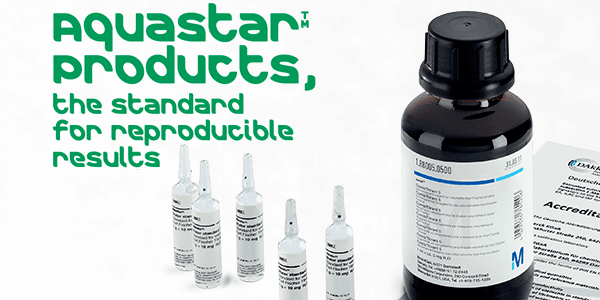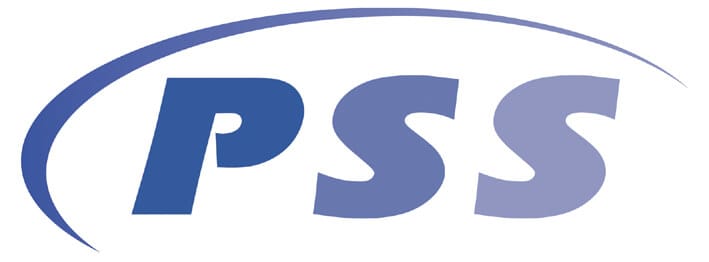Goal
To demonstrate the capabilities of the Thermo Scientific™ Q Exactive™ BioPharma mass spectrometry platform, particularly the High Mass Range (HMR) Mode for the characterization of antibody samples. The three different operational modes of the BioPharma option are described and application data are presented for the major application workflows.






